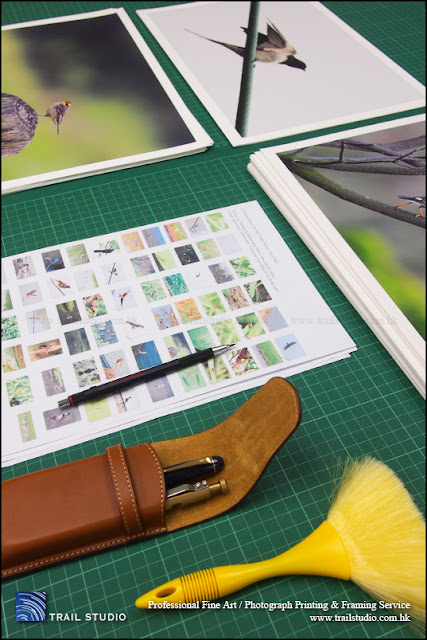Coming from the other side of the Pacific Ocean, The Ministry of Culture of Peru will be organizing a photography exhibition in the Hong Kong Cultural Centre, and it is an honor for Trail Studio to be the photo printing service provider of this exhibition.
By participating in this exhibition, we are proud to be able to realize our core value – a life-like photo print helps define photography as art, as well as an effective means of communication between people speaking different languages and living in different places, and to record history.
Exhibition Gallery, Hong Kong Cultural Centre
Date & Time
29/8/2017 10am - 8pm
30/8/2017 9am - 8pm
31/8/2017 9am - 7pm
Here is the official introduction:
The Director of Arts of the Ministry of Culture of Peru is pleased to introduce Julia Wong Kcomt, Peruvian poet, writer, curator and cultural manager who is currently promoting the photographic exhibition "From Porfirio Diaz to P F.Chang, 100 years of Chinese migration in Mexico 2017 "to be held at the Hong Kong Cultural Center in August 2017.
This exhibition will feature the works of Peruvian photographers Carlos Paz Carbone, Laura Luz Correa and Alberto Phumpiu, with images from the Argentinian Photographer Matias Salgado, and will be curated by Julia Wong Kcomt.
We consider important the realization of this photographic exhibition, being an opportunity to promote Peruvian photographers abroad. But most of all for us is capital to develop the concept of understanding History in the process of Cultural dialog between Asia and Latin-American.
These four photographers did a deep research about the dramatic knitting of relationships between the first Chinese People arriving in Baja California,(at the beginning of 1900), and then how things started to melt with the new Culture. Peruvian Photographers are very familiar with Chinese migration, because the Chinese community in Peru is the largest and well rooted in South America. This exhibition is a multilevel Bridge between two Folks and their different approach to the concept of time and how the official Story was told.
***
Trail Studio Professional Photo Printing and Framing Service
#photoprinting #photoexhibition #hongkongculturalcentre #photoprint #photoservice #canvasprinting #hongkong #hk #晒大相 #攝影展覽 #展覽製作 #晒相店 #晒相鋪 #晒相公司 #油畫印刷


































